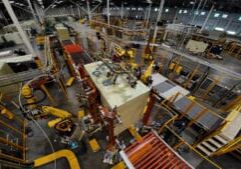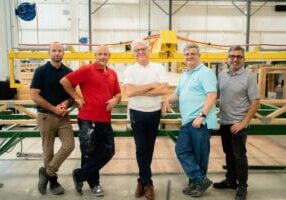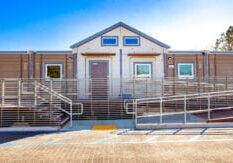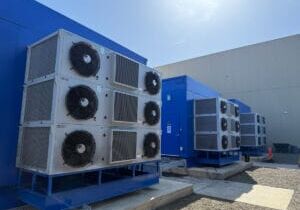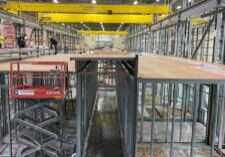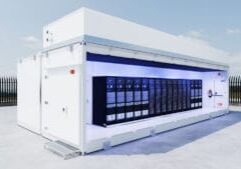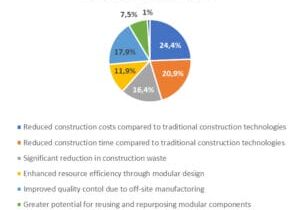Plug-and-Play: The Emergence of Modular Data Centers

Kent Anderson is the Senior Business Development Manager at Wesco Distribution.
As organizations across industries rapidly push to digitize and modernize their operations, buildings and factories — embracing IoT and AI along the way — they need to ensure their data center capacity can keep pace and do so quickly. After all, these innovative applications require a certain level of computing power to run. That demand is fueling the rapid rise of data center construction projects. According to research from McKinsey, U.S. data center growth is expected to increase 10 percent per year through 2030.
However, simply adding more computing power is not as straightforward as it seems. Traditional data centers can take anywhere from 12 months to two years or more to design, build and begin operating. Plus, organizational complexities and ongoing supply chain challenges can hinder a rollout, especially in more remote areas where logistics and labor availability are especially challenging. As a result, modular data centers have emerged as a workaround for a variety of applications.
These structures are built offsite and fully assembled, complete with HVAC and electrical. Once completed and inspected, modular data centers can be delivered to the jobsite ready to support the speed, volume and data capacity requirements that organizations so desperately need. All that’s left to do is simply drop in the hardware.
Let’s take a closer look at why the “plug and play” capabilities of a modular data centers matter right now.
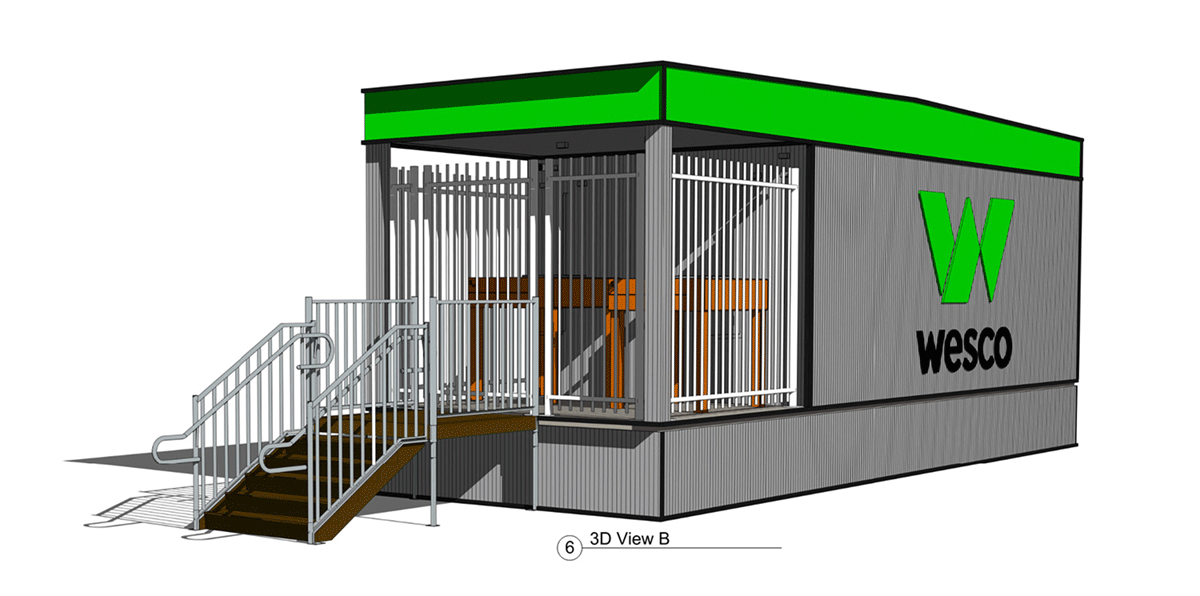
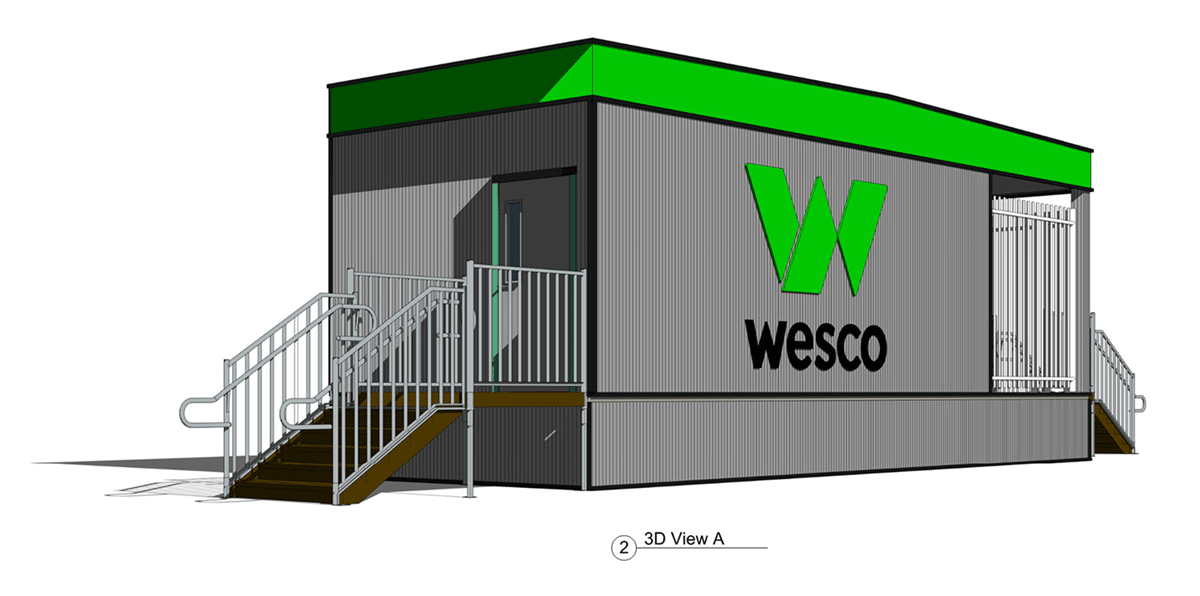
Renderings of a modular data center from Wesco Distribution.
1. Daunting Data Demands
If an organization identifies the need for more computing power, they also probably recognize they need it immediately. However, customized data centers have lengthy lead times and speed of deployment matters if organizations are to truly embrace the efficiency and competitive advantages that come with digitization and AI innovation. Waiting two years to build a data center with the necessary processing power isn’t a viable option.
Modular data centers can alleviate that burden two to three times faster and help companies prepare for future data demands as well. Customizable and built with flexibility in mind, these structures can be relocated to another location to meet evolving data needs or (given their inherent ease and speed of deployment) simply re-ordered to grow the system and enhance processing power as required.
This is especially valuable in locations where space is at a premium such as major metropolitan areas, healthcare and higher-education campuses, or office spaces. Modular data centers can be leveraged as expansion is occurring, and relocated as it completes, seamlessly addressing evolving data demands.
2. Supply Chain Constraints Remain a Constant
The pandemic may be over, but the effect on the supply chain is long-lasting. Sourcing materials is more complicated, more unpredictable, and more expensive than in years past. For data centers, this is especially true as certain equipment or materials —
specifically electrical gear — currently have long lead times. Any delays tied to material availability (or lack thereof) will obviously hinder construction. The longer a project takes, the more capital investment is required to see it through to completion — and all the while data demands are still not being met.
Modular data centers can bypass many of those concerns. Since they’re produced offsite, they arrive almost fully assembled, making them essentially plug and play. This virtually eliminates the potential scenario of waiting onsite for critical or scarce components to arrive.
However, this underscores the need to bring partners in early when considering modular data centers. Whether the equipment is produced offsite or onsite, there is still the potential to run into supply chain challenges for important parts or materials. Bringing in partners early on can help avoid these challenges by ensuring you have the equipment and materials you need, when you need it.
3. Labor Concerns
Skilled labor continues to be a challenge across the construction industry. Employing the right set of people to ensure the data center deployment process is done as quickly as possible is essential. In remote areas, sourcing labor is especially difficult. Crews must be meticulously scheduled and provided with the correct tools and resources to be successful.
Modular construction can help avoid these issues. Skilled workers are already on staff at the production facility, so there’s no need to source additional labor, or compete with other companies for skilled workers who are in high demand. Also, having those skilled workers on staff helps ensure consistency and familiarity with the overall product assembly.
These factors and others are driving organizations to circumvent the traditional approach to data center construction projects and evaluate a new product -- modular structures. Built with speed, flexibility, and redundancy in mind, modular data centers provide the plug-and-play computing power organizations need amidst innovation, uncertainty and more.
More from Modular Advantage
Resia: Breaking All the Rules
Resia Manufacturing, a division of U.S.-based Resia, is now offering prefabricated bathroom and kitchen components to industry partners. Its hybrid fabrication facility produces more precise bathroom and kitchen components (modules) faster and at lower cost than traditional construction. Here’s how Resia Manufacturing does it.
How LINQ Modular Innovates to Bring Modular To The Market in the UAE and Beyond
LINQ Modular, with an office and three manufacturing facilities in Dubai, is a modular firm based in United Arab Emirates. The company is on a mission: to break open the housing and construction markets in the Gulf Cooperation Council (GCC) area with modular.
ModMax: Redefining Modular Construction with Confidence and Precision
ModMax was born out of frustration—frustration with five persistent pain points in modular construction: Permitting bottlenecks. Production delays. Rigid designs. Disconnect between “the office” and the field. Lack of transparency and communication.
LifeArk: Disaster-Resilient Housing from Recycled Plastic and 100-year-old Technology
Wee compares LifeArk’s housing units to Yeti coolers, as they are built similarly. Each component takes 15 to 20 minutes to manufacture, has an R-value of 40, and includes molded slots and chases for wiring, plumbing, fire sprinklers, and other utilities.
Building the Future of Modular Edge Infrastructure
The edge data center market is expanding rapidly, driven by the surge in AI workloads, IoT adoption, and the need for localized compute power. In these environments, sustainability, scalability, and reliability are non-negotiable. Cooling is among the most complex challenges for operators—and one of the most decisive factors in long-term success.
Accelerating Light-Gauge Steel Construction: A Semi-Automated Digital Workflow for Off-Site Projects
For construction professionals, the message is clear. By adopting semi-automation and digitalization, companies can deliver projects faster, more accurately, and more profitably, while also building stronger collaboration across teams. The approach is not about replacing people with machines, but about empowering people with better tools and processes.
Why Modular Data Centers Are Gaining Momentum
Artificial intelligence, high-performance computing, and edge applications push the limits of traditional “stick-built” data centers. They take years build, often struggle with high density workloads, and aren’t optimized for deployments near end users. Modular data center platforms are purpose-built to address these challenges, offering flexibility and scalability to adapt to evolving technologies, while opening new opportunities for the modular construction industry.
Supply Chain Innovation in Action: 5 Habits Every Modular Leader Should Practice
By applying these principles to supply chain practices — collaborative planning, strategic procurement, scenario modeling, digital tools, and transparent forecasting — construction leaders can build value chains that are not just efficient and agile, but truly innovative.
Exploring the Role of Modular Integrated Construction (MiC) in Advancing Circular City Principles – A Survey of Stakeholder Perspectives
The survey findings highlight the significant potential of Modular integrated Construction (MiC) in advancing the development of circular cities. By reducing costs, accelerating construction timelines, and minimizing waste generation, MiC offers a promising approach to sustainable urban development.
The Use of MS POLYMER™-Based Sealants and Adhesives in Modular Building
These products combine flexibility and elastic recovery with excellent adhesion to different substrates and have already shown their usefulness in traditional construction. Now it’s time for them to be put to use in the modular construction industry.

